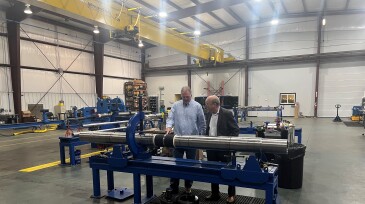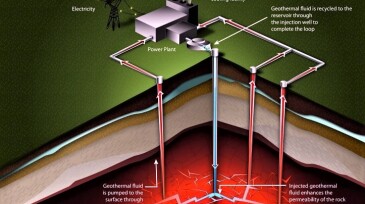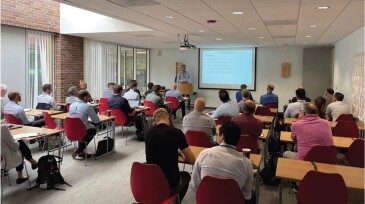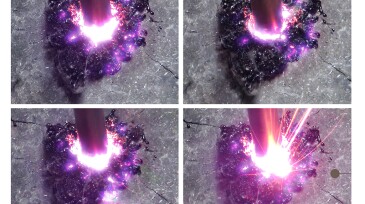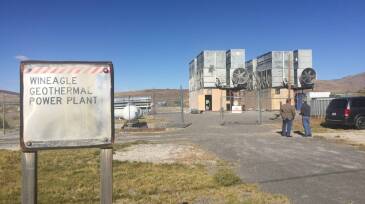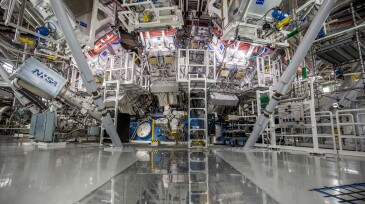R&D/innovation
Sponsored
As HPHT wells push equipment to the edge of material limits, operators are turning to advanced thermoplastics and sealed electrical assemblies to maintain system integrity. From ESP insulation to BOP control systems, the right component design can prevent failures, lower intervention costs, and extend equipment life in the harshest offshore environments.
SPE member Silviu Livescu has been chosen to receive the award in recognition of his groundbreaking contributions to next-generation, low-enthalpy geothermal energy systems, which are enabling widespread, cost-effective building heating and cooling solutions.
Technology developers expect the tight-oil industry to give lightweight proppants another look after the Permian Basin’s biggest operator becomes an adopter.
-
When confronted by extremely hot wells drilled into hard rock, engineers start looking for new tools and then ask, is there a cheaper option?
-
Nabors expanded its push beyond the oil business by acquiring an Australian solar power company selling a round-the-clock power technology.
-
New funding aims to launch up to seven pilots to help expand the deployment of enhanced geothermal systems.
-
The funding is for 33 research and development projects which will tackle the technical challenges of capturing CO2.
-
Rate transient analysis has been challenged in every sense of the word when it comes to tight reservoirs. An ongoing joint industry project aims to turn that around.
-
A deeper understanding of the roles of individuals in the innovation process is more important than ever as the organizations that make up the industry are being fundamentally transformed. Who are the “explorers” within the sector that are hardwired to deliver tomorrow’s bolder technologies? And who are the “exploiters” that prefer to stick with less‑ambitious innovat…
-
One of the problems with geothermal is that the rock that is hot enough to create the steam needed to run a power plant is also capable of destroying drilling hardware.
-
Chevron and Occidental plan to launch separate projects to help secure the commercial future of geothermal development in the US.
-
A breakthrough fusion demonstration at Lawrence Livermore National Laboratory produced more energy than it used—a historic first.
-
Makers of continuous sucker rods are out to convince customers that it really is possible to make a better sucker rod that could save them some money.




